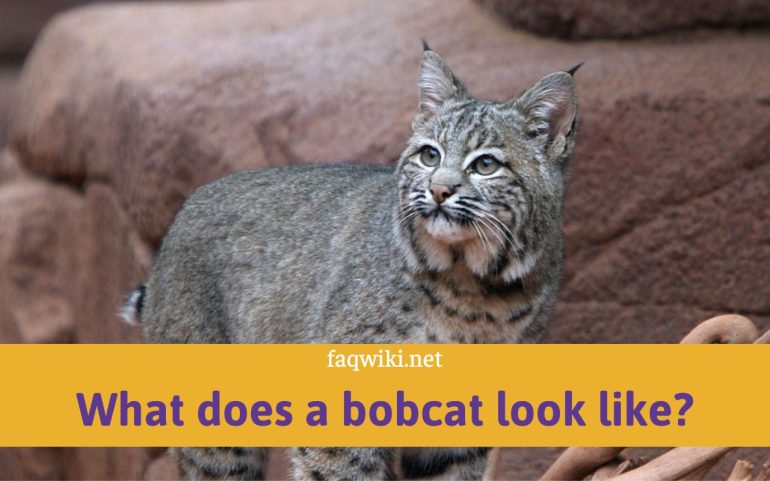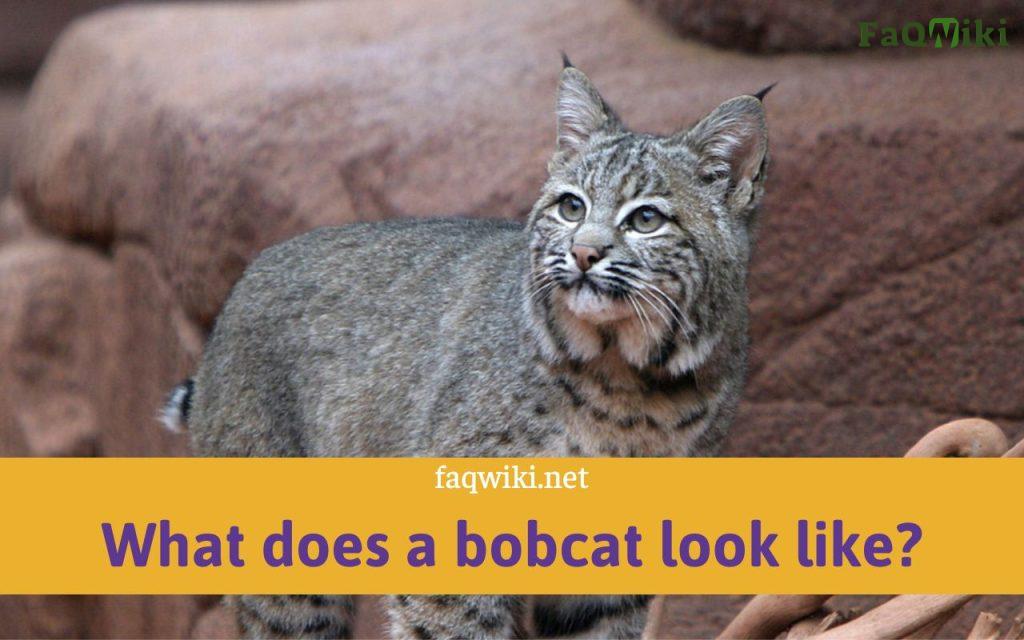A Guide to Identifying the Elusive Bobcat

Introduction
The Elusive Bobcat: What is a Bobcat? Bobcats, also known as Lynx rufus, are medium-sized wild cats found throughout North America. They are named for their distinctive short, bobbed tail, which is just a few inches long. Bobcats are solitary animals and are rarely seen by humans due to their elusive nature. They are excellent hunters and are able to take down prey much larger than themselves.
Why is Identifying a Bobcat Important? Bobcats play an important role in their ecosystem by controlling populations of small mammals such as rabbits, rodents, and squirrels. They also help to prevent the spread of diseases such as Lyme disease by keeping rodent populations in check. Understanding and identifying bobcats is crucial for wildlife management and conservation efforts.

Quick Facts About Bobcats
- Bobcats are found in a variety of habitats, including forests, swamps, deserts, and even suburban areas.
- They are approximately twice the size of a domestic house cat, weighing between 15-30 pounds.
- Bobcats are known for their tufted ears and facial ruffs, which give them a distinctive appearance.
- They are most active at dawn and dusk, but can also be active during the day and night.
Physical Characteristics
Size and Weight Bobcats are medium-sized wild cats, with males typically weighing between 18-30 pounds and females weighing between 15-25 pounds. They are approximately twice the size of a domestic house cat, and can grow up to 3 feet in length, including their short tail.
Fur Bobcats have short, soft fur that ranges in color from brown to gray, with dark spots or stripes on their legs and belly. Their fur provides excellent camouflage in their natural habitats.
Color and Markings Bobcats have distinctive markings on their face, including a white patch of fur on their cheeks and black tufts on their ears. They also have black spots on their legs and belly, and a short, dark-ringed tail.
Facial Features In addition to their distinctive markings, bobcats have a broad face with prominent cheekbones and a short snout. They have excellent vision and hearing, which helps them to locate prey in their environment.
Ears and Tail Bobcats have distinctive tufted ears, with black tufts of fur that can be up to 1 inch long. Their short, bobbed tail is just a few inches long and is black on the tip.
Habitat and Range
Habitat Preferences Bobcats are found in a variety of habitats, including forests, swamps, deserts, and even suburban areas. They prefer areas with thick vegetation and ample prey, and are able to adapt to a wide range of environments.
Geographic Range Bobcats are found throughout North America, from southern Canada to Mexico. They are most common in the United States, where their range extends from the East Coast to the West Coast.
Seasonal Changes Bobcats may change their habitat preferences depending on the season. During the winter, they may move to lower elevations or seek out dens to stay warm. During the summer, they may move to higher elevations or seek out cooler areas.
Behavior and Social Structure
Bobcat Behaviors Bobcats are solitary animals and are most active at dawn and dusk. They are excellent hunters and are able to take down prey much larger than themselves. They are also very territorial and will defend their territory from other bobcats.
Hunting Strategies Bobcats are ambush predators and will often wait patiently for prey to come within range. They are able to jump up to 12 feet in one leap and are able to take down prey with a single bite to the neck.
Prey and Diet Bobcats are carnivores and primarily hunt small mammals such as rabbits, rodents, and squirrels. They are also known to prey on birds, reptiles, and even deer on occasion. Their diet may vary depending on their location and the availability of prey.
Reproduction and Life Cycle
Breeding Bobcats breed during the winter months, with females giving birth to litters of 1-6 kittens after a gestation period of approximately 2 months. Kittens are born blind and helpless, and remain with their mother for up to a year.
Life Cycle Bobcats can live up to 12 years in the wild, although many do not survive past their first year due to predation and other factors. In approximately one to two years, these creatures reach a state of sexual maturity.
Conservation Status
Population Trends Bobcat populations have been relatively stable in recent years, although they are threatened by habitat loss and fragmentation due to human development. They are also hunted for their fur and as a trophy animal in some areas.
Conservation Efforts Bobcats are protected under state and federal laws throughout much of their range, and efforts are underway to monitor and conserve their populations. These efforts include habitat restoration and protection, research and monitoring, and education and outreach.
FAQs
Are bobcats dangerous to humans?
Bobcats are generally not a threat to humans, although they may become aggressive if they feel threatened or cornered. It is important to give them plenty of space and avoid approaching them if possible.
How can I tell the difference between a bobcat and a domestic cat?
Bobcats are much larger than domestic cats and have distinctive markings, including a short, bobbed tail and tufted ears.
If you happen to come across a bobcat, what measures should you take?
If you encounter a bobcat in the wild, it is important to give them plenty of space and avoid approaching them. If you feel threatened or in danger, make noise and try to appear larger by raising your arms or holding a jacket or other item above your head.
Conclusion
Bobcats are fascinating and elusive creatures that play an important role in their ecosystems. Understanding and identifying them is crucial for wildlife management and conservation efforts. By learning more about their physical characteristics, habitat preferences, and behaviors, we can work to ensure that these magnificent cats continue to thrive in the wild.
